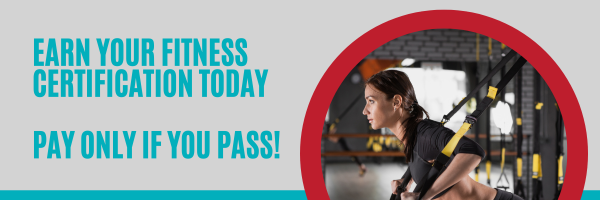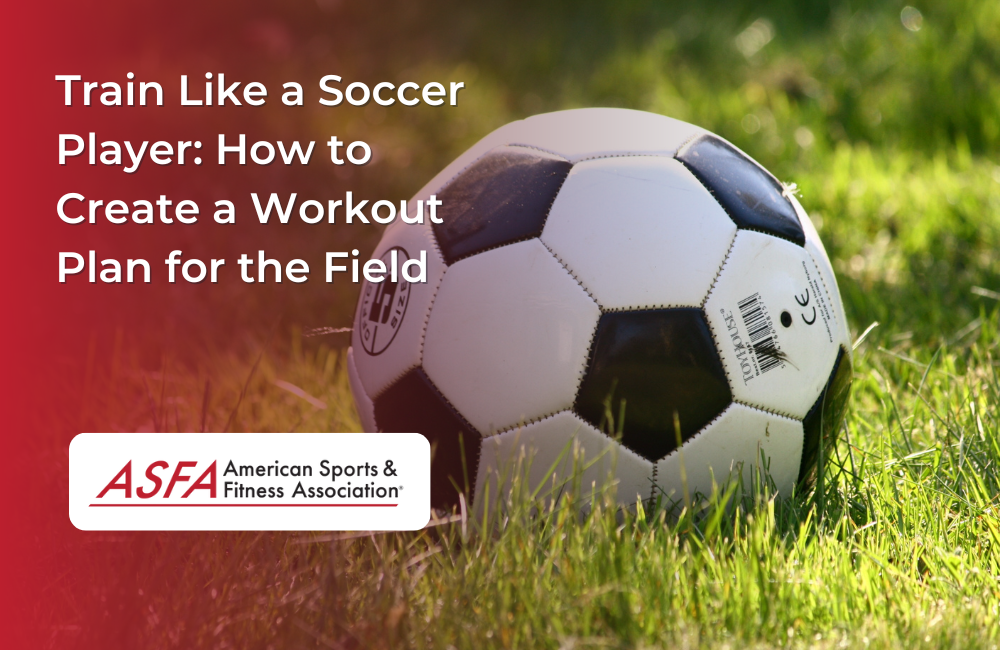Soccer is a high-intensity sport that requires a combination of speed, agility, endurance, and strength. To perform at their best on the field, soccer players need to train both their cardiovascular and muscular systems to handle the demands of the game. In this blog post, we will explore how to create a workout plan that will help soccer players improve their overall fitness and enhance their performance on the field.
Assess Your Current Fitness Level
Before starting any workout plan, it is essential to assess your current fitness level. This will help you determine your strengths and weaknesses and create a plan that is tailored to your specific needs. Soccer players need to focus on both their cardiovascular endurance and muscular strength to excel on the field. Some key fitness assessments that can be helpful for soccer players include:
- VO2 Max Test: This test measures your maximum oxygen uptake and reflects your cardiovascular endurance.
- Vertical Jump Test: This test measures lower body explosive power, which is essential for jumping and changing direction quickly on the field.
- 40-Yard Dash Test: This test measures acceleration and top-end speed, which are important for chasing down opponents and making fast breaks.
- Strength Test: This test measures your maximum strength in different muscle groups, which can help you identify areas that need improvement.
Create a Workout Plan
Once you have assessed your current fitness level, it's time to create a workout plan that will help you reach your goals. A well-rounded workout plan for soccer players should include:
Cardiovascular Endurance Training
Soccer players need to have excellent cardiovascular endurance to perform at their best on the field. Incorporate high-intensity interval training (HIIT) into your workout plan, which involves short bursts of intense exercise followed by periods of rest. This type of training has been shown to improve cardiovascular endurance and boost metabolism, making it an effective tool for improving overall fitness.
Plyometric Training
Plyometric exercises are explosive movements that help improve speed, agility, and power. Some effective plyometric exercises for soccer players include jump squats, box jumps, and lateral jumps. These exercises can be incorporated into your HIIT sessions or performed as a standalone workout.
Strength Training
Strength training is essential for building muscle and improving overall performance on the field. Focus on compound exercises that target multiple muscle groups, such as squats, deadlifts, and lunges. These exercises can be performed using bodyweight or with weights, depending on your fitness level and goals.
Agility Training
Agility training involves quick, sharp movements that improve balance and coordination. Cone drills, ladder drills, and shuttle runs are all effective agility exercises that can be incorporated into your workout plan.
Rest and Recovery
Rest and recovery are just as important as training when it comes to improving performance and preventing injury. Be sure to include rest days in your workout plan and prioritize adequate sleep, hydration, and nutrition to fuel your body and support recovery.
Incorporate Soccer-Specific Drills
While a well-rounded workout plan can improve overall fitness and performance on the field, it's also important to incorporate soccer-specific drills into your training. Some effective soccer-specific drills include:
Dribbling Drills
Dribbling is a key skill in soccer, and practicing different dribbling drills can help improve ball control, footwork, and agility on the field.
Passing and Receiving Drills
Passing and receiving are essential skills for teamwork and maintaining possession of the ball. Incorporate passing and receiving drills into your training to improve accuracy, speed, and reaction time.
Shooting Drills
Scoring goals is the ultimate objective in soccer, and practicing different shooting drills can help improve technique, power, and accuracy. Set up different shooting drills that simulate game-like situations, such as shooting from different angles or under pressure from defenders.
Defensive Drills
Defending is a crucial part of soccer, and practicing defensive drills can help improve footwork, positioning, and tackling. Set up drills that simulate game-like situations, such as one-on-one defending or defending in a crowded penalty area.
Conclusion
Creating a well-rounded workout plan that includes cardiovascular endurance training, plyometrics, strength training, agility training, and soccer-specific drills is essential for soccer players looking to improve their performance on the field. Assessing your current fitness level and identifying areas that need improvement can help you tailor your plan to your specific needs and goals. Incorporating rest and recovery is also crucial for preventing injury and improving overall performance. By following these tips and committing to a consistent workout plan, soccer players can enhance their fitness and take their game to the next level.





